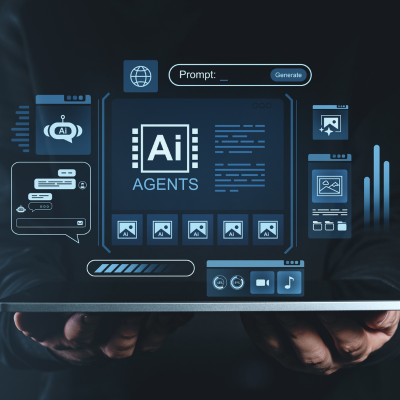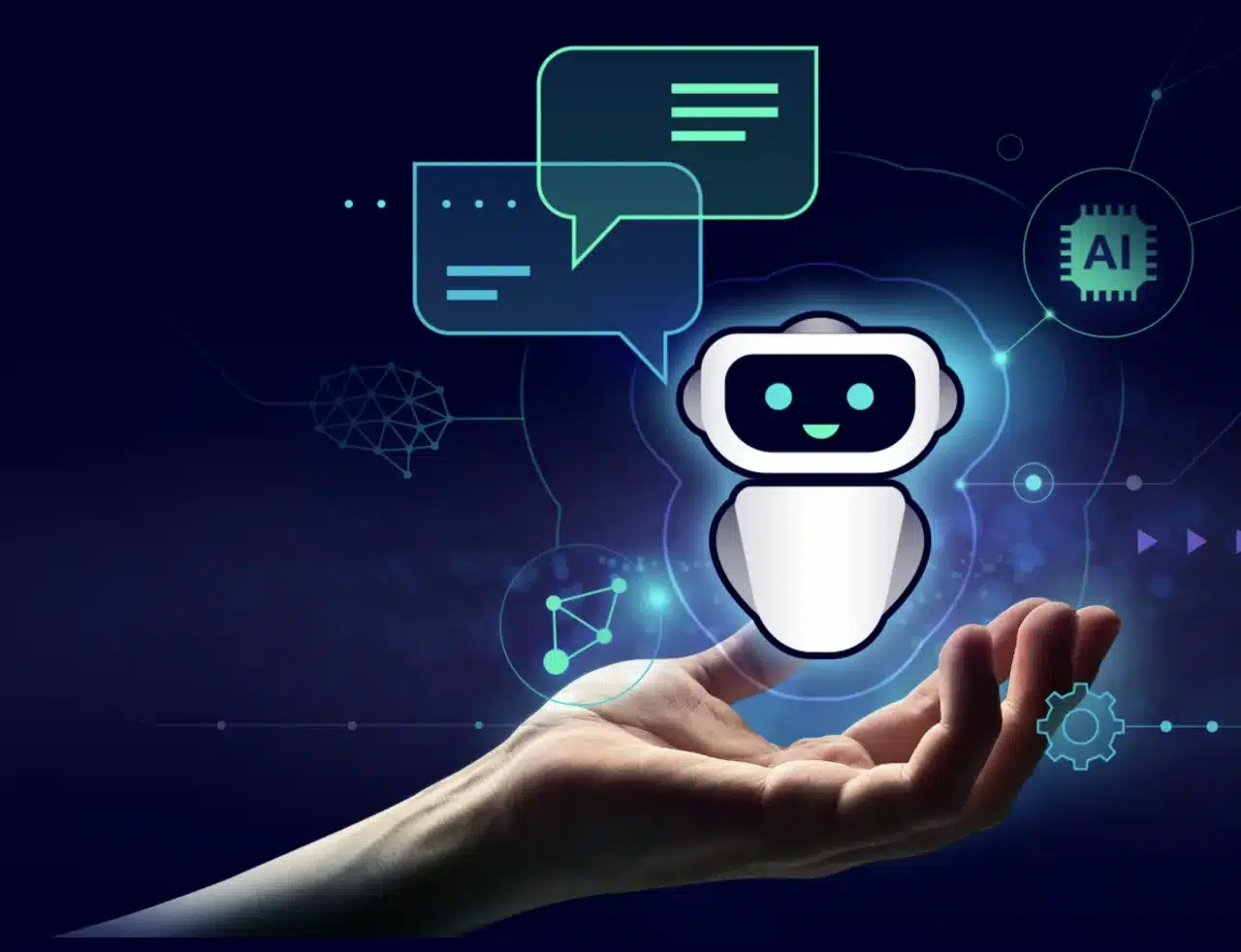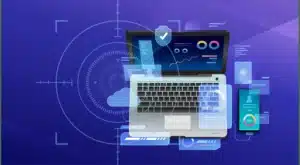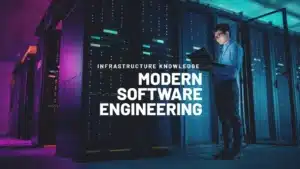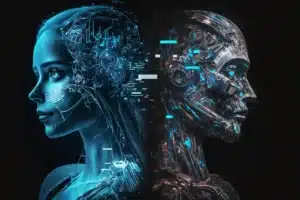Cyber-physical systems in software engineering represent a transformative fusion of computational algorithms and physical processes, enabling real-time control, monitoring, and automation across industries. By leveraging embedded systems, IoT integration, and real-time software, CPS create intelligent automation systems that drive innovation in manufacturing, healthcare, transportation, and energy.
Understanding Cyber-Physical Systems
At their core, cyber-physical systems (CPS) are engineered frameworks where software tightly integrates with physical components to perceive, analyze, and respond within real-world environments. These systems combine embedded computing devices, intelligent sensors, and real-time control mechanisms to enable machines and devices to interact seamlessly with their surroundings. This integration is central to the evolution of smart technologies and automation systems critical for Industry 4.0 and beyond.
Evolution and Architecture of CPS
The rise of CPS is rooted in advances in embedded systems and the Internet of Things (IoT), which have empowered physical objects to become connected and controllable through sophisticated software. Early automation systems laid the foundation, but modern CPS extend these capabilities by incorporating:
- Embedded computing devices that continuously sense physical parameters
- Robust communication networks facilitating seamless data exchange
- Control algorithms that process sensor inputs and actuate physical responses
- Feedback loops enabling dynamic monitoring and adjustments in real time
This multidisciplinary synthesis of physics, computer science, and network engineering has fostered innovations such as autonomous vehicles, smart grids, robotic manufacturing, and industrial control systems.
Key Features and Emerging Trends
Modern CPS distinguish themselves through:
- Reactive computation: Continuous real-time interaction and response to environmental changes
- Network connectivity: Integration of cyber and physical components via secure, reliable communication protocols
- Robustness and reliability: Essential for safety-critical domains like healthcare devices and autonomous cars
- Concurrency: Parallel execution of multiple processes to enhance responsiveness and efficiency
- Real-time computation: Deterministic timing guarantees enabling timely decision-making based on sensor data streams
Emerging trends further shape CPS development:
- AI-powered CPS: Machine learning enhances predictive maintenance, fault detection, and autonomous decision-making
- Blockchain for security: Ensures data integrity and traceability across CPS networks
- Edge and cloud computing: Distributing computation between local devices and cloud infrastructure for scalability and latency reduction
- 5C Architecture: A comprehensive CPS framework spanning connection, conversion, cyber, cognition, and configuration layers that supports end-to-end integration from sensing to intelligent control
Development tools include real-time operating systems (RTOS), digital twins for simulation, and advanced IoT platforms that streamline data collection and analysis.
Overcoming Engineering Challenges
Designing CPS requires addressing interdisciplinary challenges stemming from the diverse engineering domains involved, including software, hardware, and mechanical engineering. Key tactics for success include:
- Modular design: Building interoperable components to improve scalability and maintainability
- Real-time data processing: Implementing low-latency communication and computation pipelines
- Robust security practices: Employing end-to-end encryption, anomaly detection, secure firmware updates, and leveraging AI and blockchain to safeguard CPS against cyber threats
- Interdisciplinary collaboration: Engaging domain experts to bridge gaps between physical and computational design
- Continuous monitoring and observability: Utilizing telemetry and analytics to detect anomalies and preempt failures
Advances in co-simulation techniques and standards like the Functional Mock-up Interface (FMI) facilitate collaborative CPS design across disciplines without imposing new toolsets, accelerating innovation.
Learning and Community: Building Expertise in CPS
Mastering cyber-physical systems demands more than technical knowledge—it requires engagement with a vibrant community and access to hands-on learning opportunities. Storytelling through real-world case studies and project-based learning helps internalize complex CPS concepts. Platforms integrating AI-powered learning and mentorship accelerate skill acquisition by contextualizing theory with practical challenges, preparing engineers to lead CPS innovation.
Case Study: Siemens Smart Manufacturing CPS Deployment
Siemens, a global leader in industrial automation, transformed its smart manufacturing through CPS adoption. Facing challenges with legacy systems lacking real-time integration and predictive capabilities, Siemens implemented CPS architectures combining embedded sensors, real-time software, and AI analytics. This enabled continuous production monitoring and autonomous line adjustments. The results included a 20% boost in operational efficiency, a 30% drop in unplanned downtime, and improved product quality.
Actionable Tips for Software Architects and AI Practitioners
- Prioritize real-time capabilities: Use RTOS and optimized communication protocols to meet deterministic timing requirements
- Thoughtful IoT and embedded system integration: Choose sensors and actuators aligned with system goals and environmental constraints
- Adopt AI-driven automation: Leverage generative AI for scenario simulation and agentic AI for autonomous system control
- Follow industry standards: Adhere to ISO and NIST guidelines for CPS design and security
- Engage in internships and partnerships: Gain practical experience through real-world CPS deployments to deepen understanding and facilitate career growth
Why Choose Amquest for Mastering Cyber-Physical Systems
Amquest Education, based in Mumbai with nationwide online availability, offers a comprehensive Software Engineering, Agentic AI and Generative AI Course tailored for professionals seeking mastery in cyber-physical systems. The course stands out by:
- Integrating cutting-edge generative and agentic AI techniques with software engineering fundamentals
- Providing hands-on projects involving embedded systems, IoT integration, and real-time software
- Featuring industry-experienced faculty with practical CPS deployment expertise
- Offering internships with industry partners for real-world exposure and job placement
- Emphasizing emerging technologies like smart automation and industrial IoT applications
This combination equips learners with actionable skills and AI-powered learning unmatched by alternatives, positioning them to lead CPS innovation confidently.
Measuring Success in CPS Deployments
Effective CPS require continuous data-driven evaluation, including:
- Performance metrics: Latency, throughput, and system availability monitoring
- Safety and reliability indicators: Fault rates and recovery times tracking
- User behavior analytics: Understanding interactions with CPS-enabled devices
- Predictive analytics: AI-driven maintenance forecasting and operational optimization
Frequently Asked Questions (FAQs)
Q1: What role do embedded systems play in cyber-physical systems?
Embedded systems act as CPS’s computational core, processing sensor data and executing control algorithms in real time to enable dynamic interaction with physical processes.
Q2: How does IoT integration enhance cyber-physical systems?
IoT integration connects diverse devices through networks, facilitating seamless data exchange and coordinated control essential for CPS scalability and responsiveness.
Q3: What are common real-time software challenges in CPS?
Ensuring low-latency, deterministic execution alongside concurrency and robustness is critical but challenging for CPS performance and safety.
Q4: How do automation systems benefit from CPS?
CPS empower automation systems with increased efficiency, adaptability, and safety by enabling dynamic monitoring and control of physical processes.
Q5: What smart technologies are integral to CPS architecture?
Intelligent sensors, real-time control systems, and AI-powered analytics form the core smart technologies enabling autonomous and intelligent CPS operation.
Q6: How does Amquest prepare students for CPS careers?
Amquest combines AI-led modules, hands-on projects, internships, and experienced faculty to deliver education aligned with current CPS industry demands.
